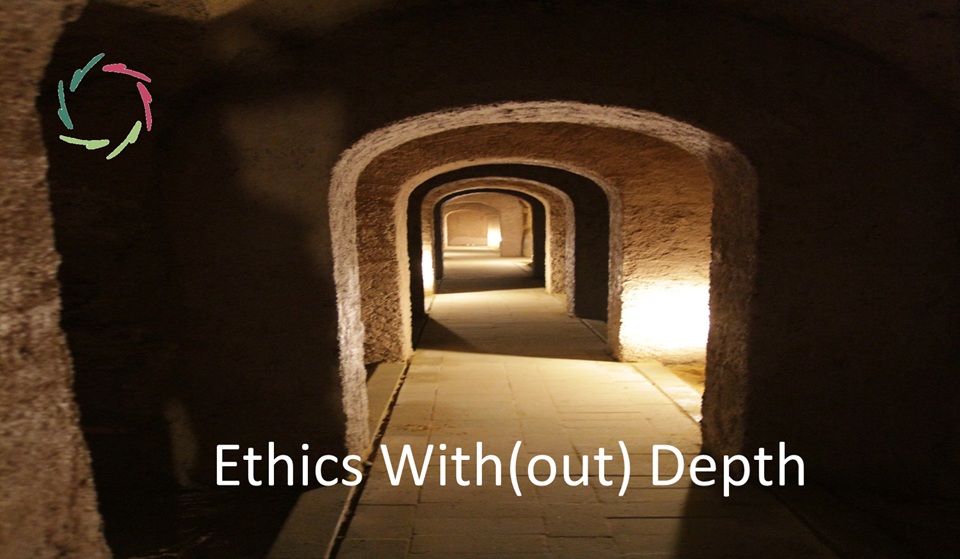Authority?

‘Authority’: a word that divides many, may bring many back together. Not as a matter of fact though.
The situation and an appeal to some caution
Authority can be seen as always personal. For example, the ‘authority of scripture’ is the authority of those who command scripture to be authoritative.
To some, ‘authority’ is nothing but an ugly word, used to denote an even uglier concept.
To others, it’s one of the pillars of morality.
Between adherents of both viewpoints, there frequently lies an abyss of incomprehension with hardly any bridge in sight. The ‘bad’ is always present at the other side. A sordid situation.
So, can a bridge be envisioned without falling into the abyss?
Something about bridge-building
One should not be naïve in this. Bridge-building is not necessarily difficult but always precarious. One faux pas and down goes your bridge, under applause from left and right.
[And indeed, in case of ‘authority’, this may be something related to ‘left and right’ – politically – at least at the surface.]
So, instead of immediately jumping into an active bridge-building, one should see how both sides of the abyss can be brought closer together. With success, at least the bridge can be smaller and stronger.
Any relevance of this to authority?
Yes, by going into the concept. ‘Authority’ is about one who dictates, and the other(s) being dictated to… for a starters… at first sight.
It’s actually about much more and – through that – about something very different.
Authority is about a way for people to be together in a functioning group. The authority figure serves to guide this process. It’s a shortcut to group efficiency.
Both sides of the abyss have a very different view of ‘authority’. Nevertheless, both are good people basically striving for a good world in which to lead a good life. The ‘bad, very bad other side’ is mostly quite profoundly misunderstood.
Look at my use of the word ‘serves’ in the previous paragraph.
A good authority figure is a leader. A bad authority figure is just a boss. A good leader (Open Leadership) serves his people. His authority is mainly ‘symbolic’ in the sense that it is granted to him. It’s not an outgrowth of his body.
As little coercion as possible. Sometimes, it’s needed.
Invitation… as efficiently as possible. Sometimes, this is not sufficient. In such case: no ‘Mr. Nice Guy’ but always in a nice way.
Authority is never meant to be the way of the bully
though it may sometimes appear to be so. That is definitely an aberrance.
Walking on the nice side
According to me, ‘authority’ can be a nice word if used to denote people who really deserve it. It’s a lot of work to deserve it, a work never finished.
A real figure of authority walks the talk and talks the walk. He is respected as a person and finds in this an immense delight.
He’s a shortcut to efficiency.
He knows the valor of symbolism and his own being a symbol himself: something of deep meaning which must be earned.
Ah, you were waiting for a bridge?
Every figure of real authority is himself a bridge. He should nevertheless take care not to fall. He deserves to be supported by both sides.
As any bridge.


